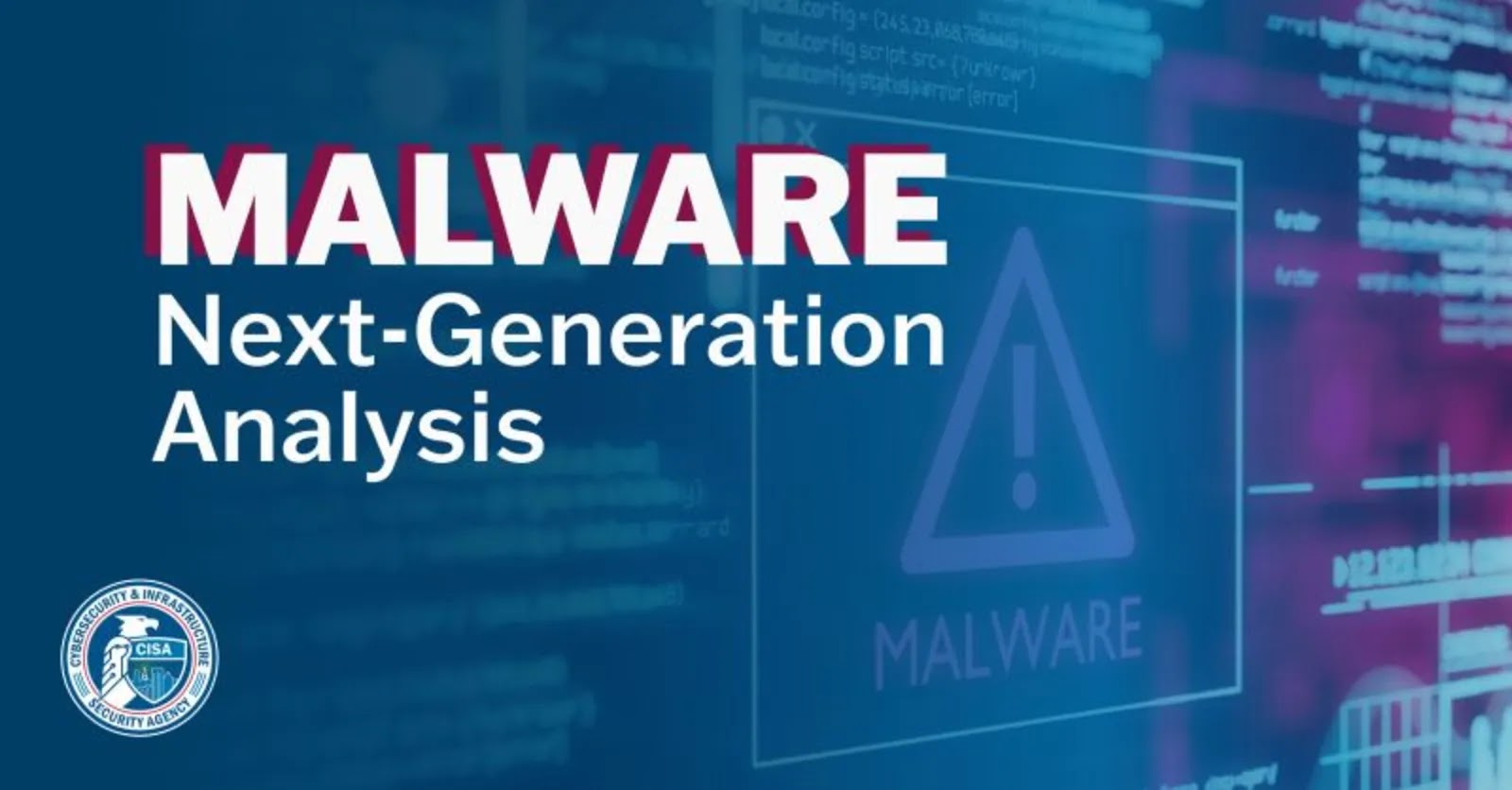Hey there, Bay Area techie! Let’s talk cybersecurity. Now, we live in a world where cyber threats are evolving at a head-spinning pace. The old-school malware detection strategies like signature-based detection and heuristic analysis can’t keep up anymore. So, you’re probably wondering, how can we stay ahead in this digital cat and mouse game? The answer: by embracing cutting-edge malware analysis techniques with a bit of help from AI, machine learning, and cloud-based systems.
We all know the drill of signature-based detection, right? It’s where files are compared against a database of known malware signatures. Helpful but not foolproof especially when it comes against unknown or zero-day threats. Heuristic analysis does a bit better by identifying suspicious patterns, but it still can’t tackle highly adaptive malware. So, what do we do?
Enter Behavioral Analysis and Anomaly Detection. Behavioral Analysis moves beyond just identifying signatures, to understanding how malware behaves. It monitors system activity and isolates suspicious files, so they can be dealt with before infecting the whole system. Anomaly Detection, on the other hand, uses machine learning to find unusual activities that traditional systems often miss. This one-two punch offers an effective protection against both known and unknown threats.
But let’s be real. In this advanced digital world, even these methods might not be enough. The solution? Real-time threat intelligence. Advanced technologies like Artificial Intelligence (AI) and machine learning have become essential players in our cyber defense line. They can sift through extensive datasets to predict potential threats and even spot slight deviations in system activities. And with AI-powered automated responses, we can significantly speed up the time between detection and fixing the problem.
Don’t get too excited yet because with every positive, there’s a negative, right? Yes, AI-powered malware is now a thing. They’re sophisticated, adaptive, and can learn from encounters with defense systems. But hey, we won’t back down, will we?
Remember the Cybersecurity and Infrastructure Security Agency (CISA)’’s Malware Next-Generation Analysis program? Initially, it was only for the big leagues, but since May 2024, it’s now available for all businesses. Thanks to this, organizations can submit malware samples for an in-depth analysis.
However, to effectively beat these cybercriminals, we have to do one thing: collaborate. By sharing threat intelligence data with others, whether they be other businesses or government agencies, we can create a system that’s more resilient against cyber attacks. Now, isn’t that a brighter cyber future?
Speaking of the future, did you know that deep learning models are newest recruits in the fight against malware, helping identify stealthy threats by analyzing large datasets? They offer a promising opportunity, but how do we keep pace with the ever-evolving attack vectors? Here’s where strategy joins forces with technology. Think zero-trust architecture, it assumes that no user or device is trustworthy, thus ensuring continuous authentication and strict access controls. And what about blockchain and quantum computing? They hold promise too, but their misuse could jeopardize the very encryption standards we rely upon.
So folks, this fast-paced world of cybersecurity can seem intimidating, but remember staying ahead is all about understanding and embracing constant change. And with powerful tools like AI, machine learning, and blockchain, we definitely have a good fighting chance. Here’s to a safer, more secure digital space!
by Morgan Phisher | HEAL Security




